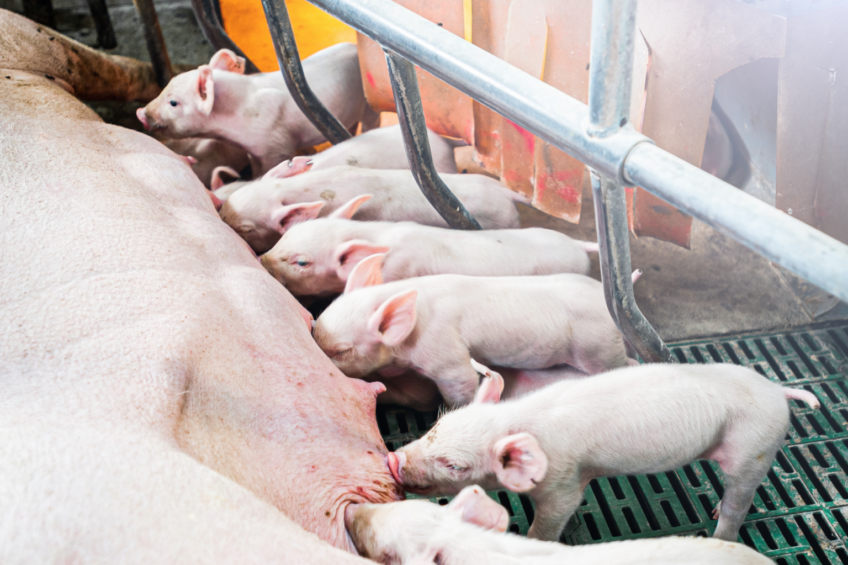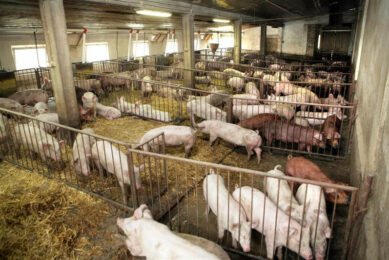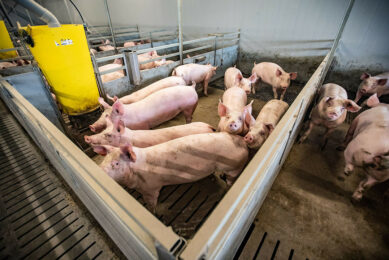Poland’s pig industry is braced for months of low profitability

Last year was rough for Poland’s pig industry. The Wielkopolska Chamber of Agriculture forecasted that farmers will be worse off In 2025.
A decline in Poland’s pig population continues. The number of pig farms shrinks, which has a negative impact along the supply chain. As a result, some small meat processing plants suspended operation in 2024, the Wielkopolska Chamber of Agriculture said.
Now, the problem starts crippling the business of major players. “Moreover, some of the remaining large slaughterhouses are downsizing operations due to low profitability. Expanding meat imports and limited domestic production are contributing to a further decrease in [local] supply in the [pork market] of Poland,” the analysts stated.
Pig prices fail to grow
Against this background, live pigs’ farmgate prices leave much to be desired. For instance, prices for fattened pigs in December 2024 ranged between PLN 5.30 (Eur 1.25)/kg and PLN 6.30 (Eur 1.49)/kg, with an average price of PLN 5.67 (1.34)/kg. Pork prices were limited to PLN 8.00 (Eur 1.89)/kg, and the average was PLN 7.73 (Eur1.83)/kg.
“Prices for sows range from PLN 3.40 (Eur0.8) to PLN 4.00 (0.95)/kg, and for boars PLN 3.00 (Eur0.71) to PLN 3.50 (Eur 0.83)/kg. Although these figures have recently remained unchanged, the pork production profitability stays low, as pig price growth fails to catch up with feed prices rise,” the analysts admitted.
Light at the end of the tunnel
However, the analyst expressed hopes that the worst time for the industry may soon be over.According to the Wielkopolska Chamber of Agriculture, the negative trends may remain after the first half of 2025. “In the second half of 2025, a gradual market recovery is expected,” the analysts stated.
The general economic outlook envisages a growing economic strength of households in Poland, which is projected to drive the demand up and bolster prices. As a result, live pig prices are forecasted to reach PLN 6.90 (Eur 1.63)/kg at the end of 2025, compared with PLN 6.10 (Eur 1.44)/kg at the end of 2024.
A growth in demand will encourage farmers to invest in their operations, which will facilitate the industry’s revival.
Strategic approach
Recognising the need for a strategic approach, Poland’s pig industry urges the government to develop a comprehensive long-term industry programme. As Bartosz Czarniak, a member of Poland’s pig farmers association POLSUS, explains, a lack of long-term planning is a key issue for the industry. A robust industry development program spanning at least 10 years could provide the stability and direction the industry needs.











